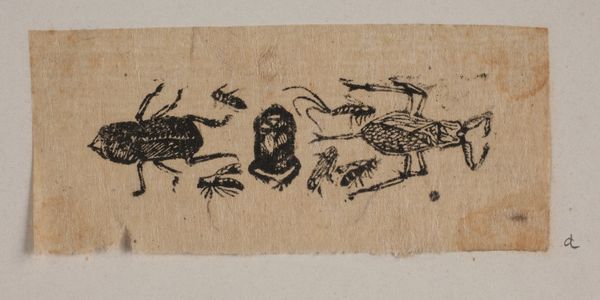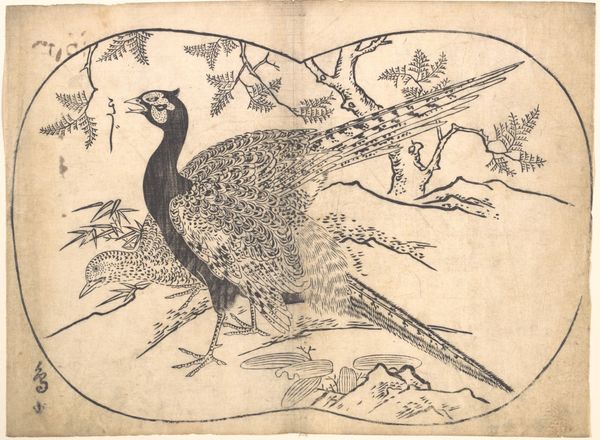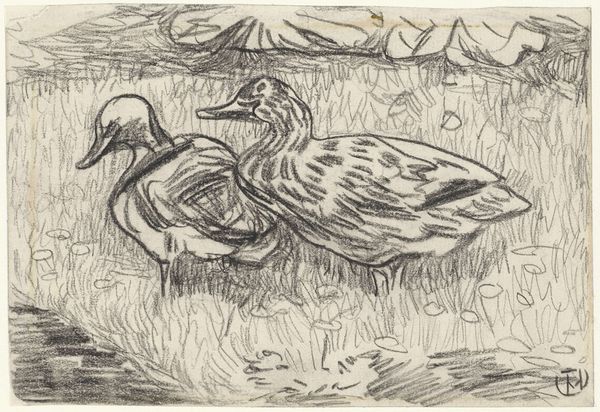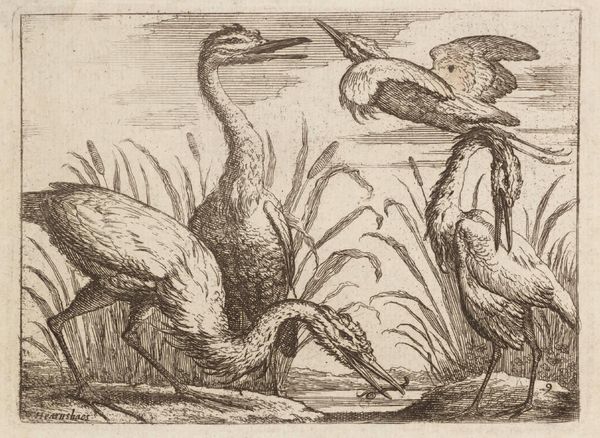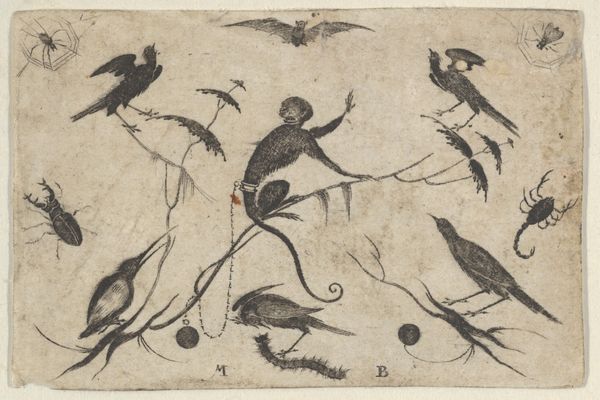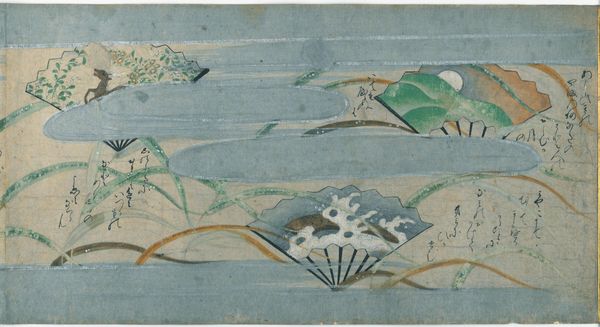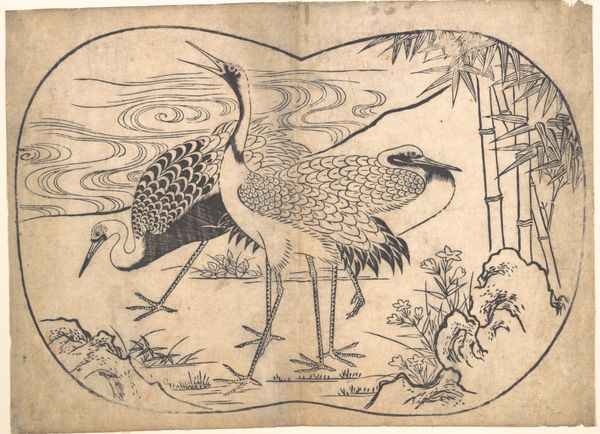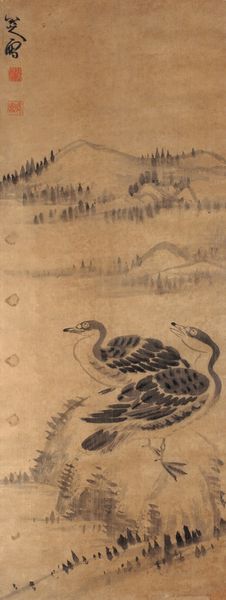
painting, print, woodcut
#
painting
# print
#
landscape
#
figuration
#
woodcut
#
modernism
Copyright: Public domain
Editor: Dorrit Black’s “Black Swans,” created in 1937, is quite striking. As a woodcut, it feels almost medieval, while also incorporating the modernist style. What really captures my attention is the motif of the swans themselves. What do you see in this piece, especially given your interest in the symbolism of art? Curator: The visual weight here really comes from the unexpected appearance of the black swans against the water; consider the immediate contrast of black and white that’s lost. Swans often represent grace, beauty, and purity in Western art due to their white plumage. But black swans, they disrupt that entire established symbolic order. Doesn’t the idea of inverting those cultural expectations make the work more interesting to you? Editor: It does. It’s as if Black is challenging the traditional understanding. I had considered how in ballet the ‘Black Swan’ and the ‘White Swan’ reflect two opposite sides of one person. It’s all about dueling identities. I also noticed she was from Australia. Curator: Exactly! Native to Australia, black swans carry connotations specific to that part of the world, suggesting themes of rarity, uniqueness, and perhaps even a sense of displacement or alienation for viewers unfamiliar with their existence. The plants could give clues as well...Do you think it adds a layer of cultural specificity? Editor: Definitely, thinking about the swan within an Australian context opens up completely new avenues for interpretation! The unexpected can be a symbol of adaptation to a changed environment. Curator: Precisely! And this really invites us to question established symbols, looking for diverse meanings across cultures. Art, in its essence, continues to be about the transmission of culture. Editor: I see that duality more clearly now—how Black utilizes a symbol and cultural background to offer her perspective, making the artwork not just visually striking but intellectually engaging. Curator: Agreed! Exploring such layered symbols adds depth to understanding this artist's view and our own place in art.
Comments
No comments
Be the first to comment and join the conversation on the ultimate creative platform.


